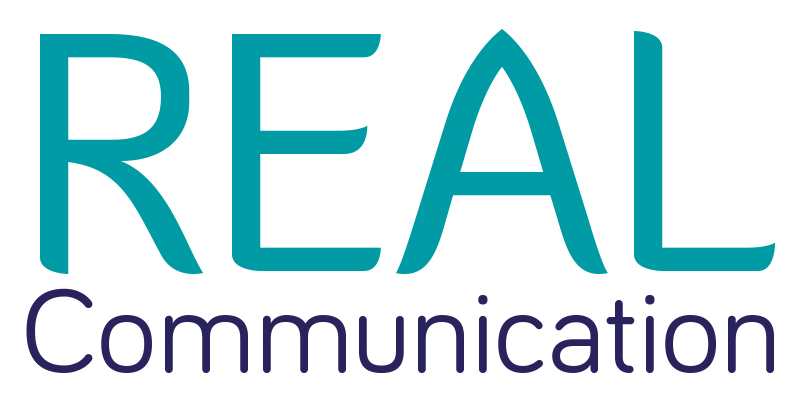Find your voice and tell your story
Brand messaging and tone of voice
This is where we figure out how best to communicate who you are and what you do. Which is surprisingly hard when you’re deep in the trenches unsure how to explain what makes your brand really great.
The right messaging has the power to cut through the noise, attract the best customers and inspire your team to make an impact.
You might notice your messaging is unclear if you:
Struggle with low engagement, either with employees or prospects – or both
Offer technical or complex products which need to be presented in a more compelling way
Have multiple people writing for your brand across different teams (resulting in a confusing mix of voices)
Creating your voice and messaging strategy
We go through a proven 5-step framework to develop your voice and messaging strategy, looking at:
What you’re currently saying and why it’s not working
What’s missing from your core narrative – your values, personality, voice, story
What your competitors are saying, and what they’re not – what space we can occupy
What your customers say about you, and how they talk
The core themes and priorities that will shape your messaging across all channels
The best bit? That high-level strategy feeds into your practical Messaging Map, containing useful examples of copy and content for real-life situations. It’s a guide you and your writers can refer to on a daily basis, to make sure the messaging across your brand is as compelling and consistent as possible.
To see the impact this work has on your business, read on ↓
A Connection Copy case study
Creating a new messaging and tone of voice framework to connect with a notoriously sceptical audience
Background
The team at Marketing Films wanted to create new website and email copy, along with a pitch deck and company summary to attract a new audience. They asked me to not only help clarify and communicate their messaging, but challenge their current concepts, so their content could be as powerful and consistent as possible, and appeal to the financial services market.
Project and challenges
Considering their audience, there were many barriers to purchase. Prospects were potentially sceptical and resistant, the market was crowded with competitors and there was a real need to demonstrate tangible value.
In a team workshop, we looked carefully at what was important to this market. What do they value, how do they make buying decisions, what words do they use, what are their current beliefs about this industry, which companies do they trust?
With this in mind we started to develop our messaging and tone of voice. The core benefits of our offering, beliefs that would resonate with our prospects, how we could address our competitors’ service, and overcome our clients’ hesitations.
The ideas and research led to a compelling voice and messaging map, including a unique value proposition and strapline, that would form the basis of our content. It would focus on the central benefits, prove our value, inspire confidence, incorporate prospects’ own language and encourage the right people to get in touch.
Results
Tim Cummings, founder of Marketing Films, said:
‘I’ve been reading and re-reading your report. It’s sublime.
‘Thank you very much for what we consider to be a really high-quality, meaningful piece of work. You’ve really nailed a concise definition about our audience […] with a precision of thought that really reflects what our prospects do feel and the language that they understand.
‘Your explanation of the value we offer is fantastic. Taglines, we just really like the first one. The words for financial services they are so good – they are absolutely bang on. And the competitor positioning section was really very nice.’
Outcomes
I asked Tim to describe the benefits he felt they got from working with me on their messaging and tone of voice. He said:
1- Clarifying our own thoughts in a way that we wouldn’t have dared to ourselves. This was almost a consultative delivery on your part.
2- Relevance and a rigorous defence of our clients’ expectations and interests, to the point of helping us to exclude the shiny bits that might not be in their territory
3- Making everything completely coherent and joined up, including a lot of gap-filling in our proposition statements and the detail below that
4- Pushing and pressing for the genuine difference between our offering and those of our competitors. You managed to see the clear differences between us and our competitors – bringing their weaknesses into the light. This was very, very helpful for sales and marketing thinking.
5- A highly commercial awareness. We got a powerful and hefty set of guidelines that withhold commercial arguments.
6- Listening – you really listen closely and picked up on nuances which turned out to be significant in competitive positioning.




